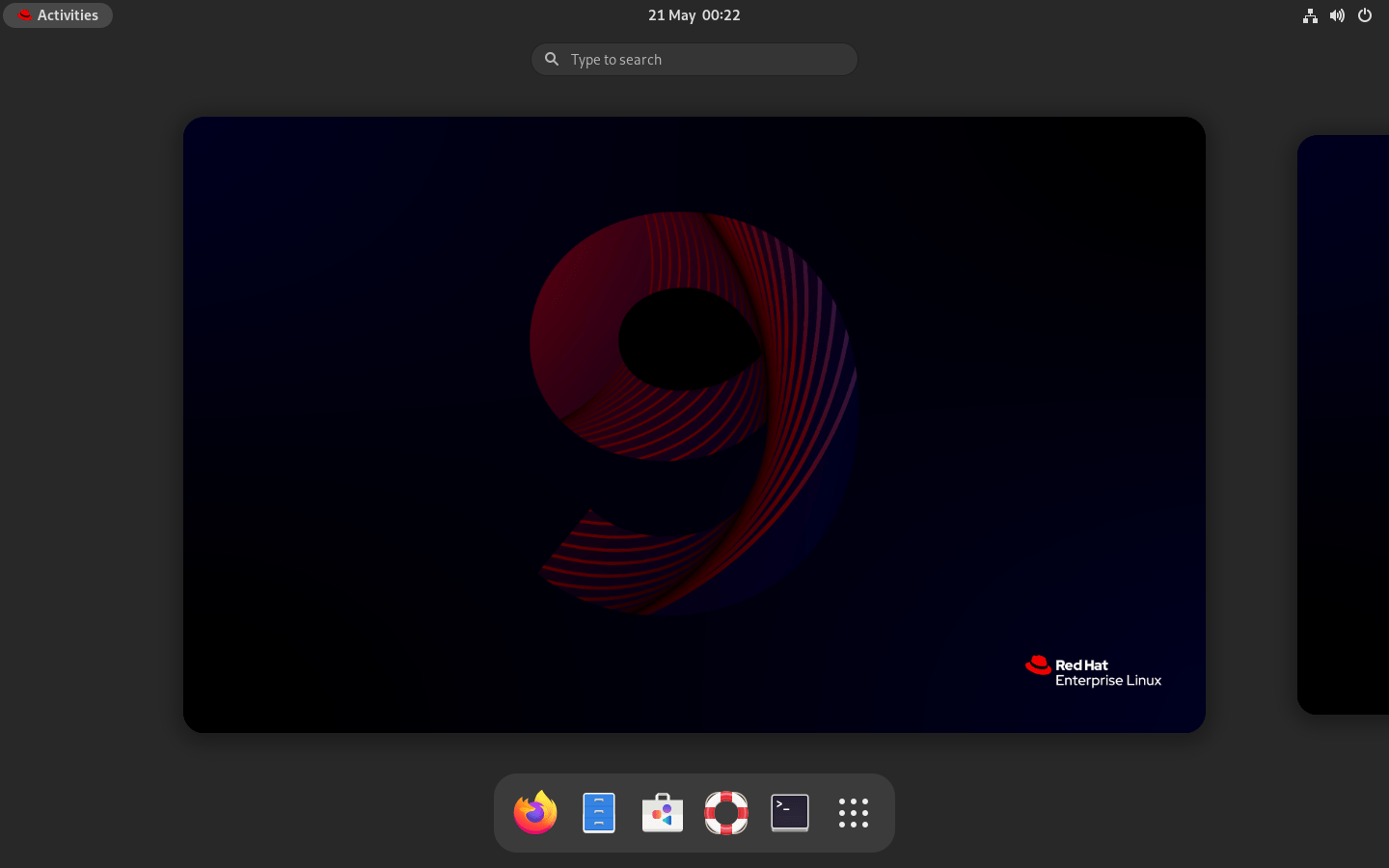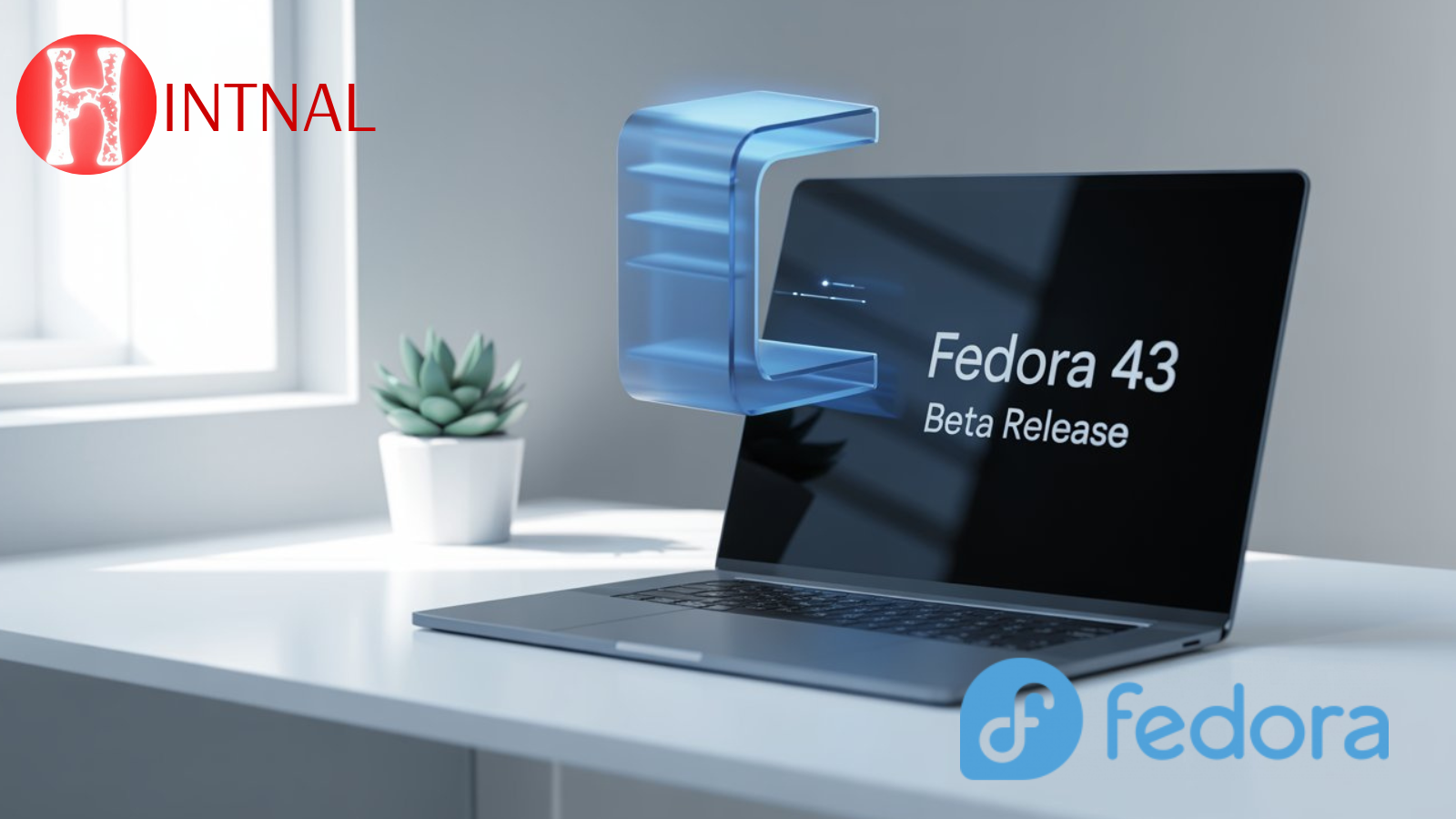
Recently, I’ve seen a lot of misunderstanding concerning Red Hat’s Red Hat Enterprise Linux (RHEL) and comparable distros like AlmaLinux OS, Oracle Linux, and Rocky Linux. There are also Red Hat’s own RHEL versions, CentOS Stream and Fedora. Sorry about that. It’s perplexing. Allow me to assist you in sorting things out.
To begin with, they are all open-source Linux distributions. That implies that anyone, including you, may use RHEL’s source code and create your own RHEL-based distribution. That is, of course, much easier said than done.
You see, you can’t just get the source code from a Git repository and compile it. That would be far too simple. Instead, beginning in 2011, Red Hat began directly incorporating its own fixes into its kernel tree. All of the code is still there, but as one user described it at the time, “it’s kind of like asking for a recipe for the family’s chocolate chip cookies and getting cookie batter instead.”
Exactly.
Also, this programming language from the 1980s triggered a revolution. You may now access the source code.
That didn’t stop those skilled in recipe archaeology from deciphering the code for years later. Since 2006, Oracle, for example, has been emulating RHEL in Oracle Linux.
However, instead of Oracle Linux, many individuals adopted a community RHEL distribution called Community Enterprise Operating System (CentOS). This was the most successful of the early RHEL clones, founded by Gregory Kurtzer. Indeed, in crucial areas like web servers, CentOS proved to be significantly more popular than RHEL.
Why? Simple. CentOS will not cost you a cent. A license charge is required if you use RHEL commercially. That is the only difference that everyone can see. The underlying distinction, and the reason Red Hat became the first billion-dollar Linux firm and subsequently IBM paid $34 billion for it, is that many businesses require the first-rate service Red Hat delivers to its RHEL clients.
Several, but not all. Indeed, RHEL does not even have a majority of customers in the RHEL operating system family. This is due to the fact that if you only require a RHEL-style operating system for anything basic, such as web or office servers, you can readily find web and system administrators that can keep CentOS running without any outside assistance. The same goes for everyone who isn’t performing any advanced programming. There are many developers who understand how to design software for the RHEL family.
Red Hat is aware of this. So, first and foremost, the organization chose CentOS in 2014. CentOS continued to offer free licenses, but Red Hat attempted to convert CentOS users to RHEL customers. It didn’t pan out.
Twitter also abandons open source development.
So, in late 2020, Red Hat converted CentOS from a stable RHEL clone to CentOS Stream, a rolling Linux release distribution. Furthermore, while Red Hat planned to support the older CentOS 7 distribution until at least June 30, 2024, the newer CentOS 8 version, instead of being supported until 2029, will be phased down at the end of 2021.
That went down like a lead balloon among CentOS’s hundreds of thousands of users.
As one user observed, “CentOS has a very different use case than CentOS Stream. Many individuals use CentOS for production enterprise workloads rather than development. CentOS Stream may be suitable for development and testing, but it is doubtful that it will be used in production.”
Nonetheless, Red Hat’s CTO, Chris Wright, stated that “CentOS Stream is reliable enough for production.” “CentOS Stream now stands between the Fedora Project’s operating system innovation and RHEL’s production reliability,” Wright stated.
This means that CentOS Stream is reliable enough for risk-taking businesses who prefer acquiring the latest features above a promise of rock-solid reliability. Fedora, of course, remains Red Hat’s community Linux for developers and users who wish to be on the cutting edge of the RHEL family.
But what about the existing CentOS users? There are two main options for them: AlmaLinux and Rocky Linux.
Remember how I mentioned many were irritated with Red Hat’s CentOS Stream decision? CloudLinux creator and CEO Igor Seletskiy and CentOS founder and CIQ CEO Gregory Kurtzer, two renowned Linux developers, decided to retaliate by establishing new RHEL clones. Both agreed that the old CentOS needs to be brought back.
“The collapse of the CentOS stable version created a pretty huge void in the Linux community,” Seletskiy explained at the time, prompting CloudLinux to step in and establish a CentOS replacement. CloudLinux, for those who are unfamiliar, is a commercial RHEL clone that is specifically developed for Linux web hosting.
AlmaLinux, on the other hand, is a free community Linux. The AlmaLinux OS Foundation is in charge of AlmaLinux. This is a non-profit foundation with the 501C6 designation.
Rocky Linux is also a free community Linux distribution. The Rocky Enterprise Software Foundation (RESF), a Type B Corporation, governs it. Kurtzer explained that the aim here is that “Corporate control or business ambitions should not be imposed on open-source initiatives. What makes an open source project effective is not having a single person or even a large organization behind it; what makes it successful is having many individuals and many companies all supporting and administering it collaboratively, in accordance with common interests. That has been our objective with Rocky Linux and the RESF since the beginning. The RESF charter and bylaws reflect our intention that no one entity or individual would ever control, buy, or otherwise influence Rocky Linux or any RESF initiative.”
Rocky Linux is a free community as well. Both parties provide assistance for their RHEL clones, but you don’t have to pay anything to utilize them. As Kurtzer pointed out, “The first service in our open-source product line is support. We may provide assistance in a variety of ways, but the one that is most engaging and valuable is ‘by the person,’ rather than the core, node, socket, or entitlement. In this methodology, we assist the people by giving a degree of escalation above and beyond what they may now have access to.”
Both groups also make an effort to maintain their releases in line with Red Hat’s. In November, for example, Red Hat launched RHEL 8.7 and RHEL 9.1. AlmaLinux 8.7 and AlmaLinux 9.1, as well as Rocky Linux 8.7 and Rocky Linux 9.1, quickly followed.
So, which one is best for you? It is determined by your requirements.
Also: How to Select the Appropriate Linux Desktop Distribution
RHEL has a lot to offer if you require significant business support. If your firm is entirely dedicated to Oracle, you might as well use Oracle Linux.
Next, while I’m not a fan of utilizing CentOS Stream in production, if you require the most recent Linux capabilities and have in-house knowledge, go for it. Say hello to Fedora if you’re a developer who enjoys living on the bleeding edge. Please, however, do not use it on production systems.
Finally, if you and your team got their start with CentOS, AlmaLinux or Rocky Linux are fantastic possibilities. Personally, I’m switching from CentOS 7 to Rocky Linux 8.7, but you can’t go wrong with either.
Related articles:
ZDNET : RHEL and its Linux relatives and rivals: How to choose
Knowledia : RHEL and its Linux relatives and rivals: How to choose





Thank you for your sharing. I am worried that I lack creative ideas. It is your article that makes me full of hope. Thank you. But, I have a question, can you help me?